Let’s compare NVIDIA’s GeForce RTX 4080 and AMD’s Radeon RX 7900 XTX graphics cards. I’ve been meaning to write the comparison, but I only had the time these past few days. Fortunately, I’ve seen pricing movements for the RTX 4080 and RX 7900 XTX. Some RTX 4080 cards are selling below the MSRP; the same can be said with several RX 7900 XTX cards. For those torn between the RX 7900 XTX and RTX 4080, this article may help you decide which GPU is the best for you. Please continue reading our RX 7900 XTX vs. RTX 4080 review comparison below.

Which Is The Better GPU, RTX 4080 or RX 7900 XTX?
Just a quick recap, the AMD Radeon RX 7900 XTX is AMD’s flagship GPU, well, at least for now. It is not a direct rival against NVIDIA’s RTX 4090 flagship GPU but competes directly with the RTX 4080. It’s based on AMD’s latest RDNA 3 architecture and uses a chiplet design. AMD is using a 5nm fab process for the Graphics Compute Die and a 6nm for the Memory Cache Die. It uses a Navi 31 GPU with 6,144 Stream processors and 24GB of GDDR6 memory.
On the other hand, NVIDIA’s RTX 4080 is based on an AD103 GPU chip, which is a TSMC’s 4N NVIDIA custom process. The GeForce RTX 4080 has 9,728 CUDA cores, 304 4th-generation Tensor cores, and 76 3rd-generation RT cores. It also has 16GB of GDDR6X memory.
While AMD’s RX 7900 XTX has the advantage when it comes to memory capacity, NVIDIA is using a faster and more efficient GDDR6X memory for their RTX 40 series GPUs. However, having a faster or larger VRAM doesn’t necessarily result in one graphics card performing better than the other. We will see that in our results below.
AMD’s latest RX 7900 XTX GPU features second-generation ray tracing technology, a dual media engine that can decode and encode 8K60 for HEVC, and supports AV1 encoding as well. Meanwhile, NVIDIA is already using 3rd generation RT cores for ray tracing, 8th gen NVIDIA encoder (NVENC) with dual AV1 video encoders, features DLSS 3 AI frame generation technology, and more. So, on the software side of things, NVIDIA is ahead.
Below are the specifications of the RTX 4080 and RX 7900 XTX GPUs. After that, let’s get straight to the benchmark results.
RTX 4080 vs RX 7900 XTX GPU Specifications
| NVIDIA GeForce RTX 4080 | AMD Radeon RX 7900 XTX | |
|---|---|---|
| Fabrication Process | TSMC 4N NVIDIA Custom Process | GCD: TSMC 5nm MCD: TSMC 6nm |
| Transistor Count | 45.9 billion | 58 billion |
| Architecture | Ada Lovelace | RDNA3 |
| GPU | AD103 | Navi 31 |
| CUDA Cores / Stream Processors | 9728 | 6144 |
| RT Cores / Ray Accelerators | 76 | 96 |
| Texture Units | 304 | 384 |
| ROPs | 112 | 192 |
| Boost Clock | 2505 MHz | 2500 MHz |
| Memory Clock | 11200 MHz | 2500 MHz |
| Effective Memory | 22.4 Gbps | 20 Gbps |
| L2 / Infinity Cache | 64 MB | 96MB |
| VRAM Size/Type | 16 GB GDDR6X | 24 GB GDDR6 |
| Memory Interface | 256-bit | 384-bit |
| Total Memory Bandwidth | 716.8 GB/s | 960 GB/s |
| Texture Rate | 761.5 Gigatexels/sec | 959.6 Gigatexels/sec |
| Connectors | 3x DisplayPort, 1x HDMI | 2x DisplayPort, USB-C, HDMI |
| Minimum Power Supply | 750 Watts | 800 W |
| TGP / TDP | 320 Watts | 355W |
| PCI Express Interface | Gen 4 | Gen 4 |
| Release Date | November 2022 | December 2022 |
| Launch Price | $1,199 | $999 |
Check the latest pricing and availability: (#ad)
GeForce RTX 4080 graphic cards are available on Amazon.com here.
Radeon RX 7900 XTX graphics cards are available on Amazon.com here.
Test System Used
| Operating System | Windows 11 Pro |
| Processor | AMD Ryzen 7 7700X |
| Motherboard | MSI MPG X670E Carbon WiFi |
| Memory | Corsair Vengeance RGB DDR5-6000MHz CL30 AMD EXPO |
| Graphics Card | AMD Radeon RX 7900 XTX MSI GeForce RTX 4080 16GB SUPRIM X |
| OS Drive | MSI Spatium M480 Play |
| Game Drive | SanDisk Extreme PRO Portable SSD V2 and Extreme Portable SSD V2 |
| Power Supply | MSI MPG A1000G PCIE5 |
| Chassis | MSI MPG Velox 100P Airflow |
| Monitor | MSI Optix MPG321UR-QD 4K 144Hz |
RTX 4080 vs RX 7900 XTX – Synthetic Benchmarks

The Radeon RX 7900 XTX is generally faster than the RTX 4080. We can see a substantial performance difference in the Fire Strike benchmark suite. However, in Time Spy and Extreme, both cards are neck and neck, with the RX 7900 XTX just performing a hairline faster.
However, the RTX 4080 outperformed the RX 7900 XTX in Port Royal and Speed Way benchmarks. Why, you might be wondering? It’s because Port Royal is a ray tracing benchmark. Speed Way also uses ray tracing and is “an ideal benchmark for comparing the DirectX 12 Ultimate performance of the latest graphics cards”.
These are just synthetic benchmarks and are graphics scores. So, let’s find out next how these two GPUs compare in actual games.
RTX 4080 vs RX 7900 XTX – RT and DLSS/FSR Game Benchmarks



I only tested a few ray tracing games since I knew NVIDIA would be on top when it came to ray tracing. As you can see from the results above, games with ray tracing enabled will benefit more from using an RTX 4080. You can still get decent frame rates with an RX 7900 XTX when ray tracing is enabled, but you will need to adjust and lower the graphics quality to get higher frame rates.
Now when it comes to upscaling technology, NVIDIA GPUs can use both FSR 2.0 and DLSS. While AMD GPUs can only use FSR. Regarding quality, though, NVIDIA’s DLSS is overall (far) better than AMD’s upscaling technology. Again, I wouldn’t be surprised since NVIDIA was the first to implement and use ray tracing and DLSS on their GPUs.
Now let’s check out how their performance differs when it comes to traditional rasterization.
RTX 4080 vs RX 7900 XTX – Rasterization Game Benchmarks











Removing ray tracing from the equation, we can see that the Radeon RX 7900 XTX is faster than the RTX 4080 in most games above. If a game is AMD-sponsored or favors AMD GPUs, expect the RX 7900 XTX to perform better, sometimes substantially. For example, in Red Dead Redemption 2 and Call of Duty Modern Warfare II, the RX 7900 XTX performed faster than the RTX 4080.
However, if the game favors NVIDIA GPUs, like Cyberpunk 2077 and A Plague Tale, expect that the RTX 4080 will perform better. Sometimes, the RTX 4080 and RX 7900 XTX just trade blows, with the latter being slightly faster.
Let’s summarize the results that we got.
Summary Results

The 13-game average above only covers the traditional rasterization. I did not include ray tracing results since it would skew the results toward the RTX 4080’s favor. When it comes to raw performance, the Radeon RX 7900 XTX wins, but only by a small margin. The Radeon RX 7900 XTX is just around 2% faster than the RTX 4080 on average.
But if I include ray tracing results, I’m sure the RTX 4080 will be the faster GPU overall. Conversely, if I only add game titles that favor AMD GPUs, the result would favor the RX 7900 XTX more. So, the results that I got and the general average are fair comparisons.
To be honest, I was expecting that the RX 7900 XTX would perform much faster on average than the RTX 4080, perhaps, around 5% to 10%. But in the end, both are neck and neck when it comes to raw performance, with the RX 7900 XTX leading by a tiny percentage.
But what about their prices? Well, let’s see how both GPUs differ regarding pricing.
Price Difference and Availability
AMD’s Radeon RX 7900 XTX starts at $1,000 USD. Meanwhile, NVIDIA’s RTX 4080 starts at $1,200. The RTX 4080 is 20% more expensive than the RX 7900 XTX. ~$200 more is a substantial amount already, which you’ll have to pay if you want to play ray tracing-enabled games better.
However, as I mentioned earlier, I have seen price drops recently. However, the price drops are not that substantial yet. The cheapest RTX 4080 I have seen retails for around $1,140. Meanwhile, the cheapest RX 7900 XTX sells for about $975. However, these prices fluctuate, and I am unsure if these are just temporary price drops. I hope we will see these graphics card prices decrease further.
When it comes to availability, there’s no issue, and there are plenty in retail stores. So, do not buy from scalpers who jack up the prices since you can buy these cards directly from major retailers like Amazon.
UPDATE: Some RTX 4080 cards are now selling near the 1,000-dollar mark. Meanwhile, we also see a (small) price drop on some of the RX 7900 XTX graphics cards.
Check the latest pricing and availability: (#ad)
GeForce RTX 4080 graphic cards are available on Amazon.com here.
Radeon RX 7900 XTX graphics cards are available on Amazon.com here.

RX 7900 XTX vs RTX 4080 Conclusion – Who Wins?
You may be disappointed since we didn’t get a clear winner or answer based on the results above. Well, what can I do? The RTX 4080 and RX 7900 XTX performed similarly overall, with the RX 7900 XTX just being ~2% faster than the RTX 4080 in traditional rasterization. By the way, both GPUs are designed for 1440p and 4K gaming. Do not buy any of these cards for 1080p gaming.
However, the RTX 4080 is the more expensive card though. But you do get more features with the RTX 4080. Regarding driver concerns, I don’t have a definite answer. I have not encountered any major issues while using the RX 7900 XTX or the RTX 4080. Sure, when these GPUs first launched, and with the initial drivers, some games didn’t work well or even launched. But with newer and later drivers, I didn’t seem to encounter any major or deal-breaking issues.
Both the RTX 4080 and RX 7900 XTX are excellent GPUs. I think the real concern is the price and if you are interested in taking advantage of features aside from performance alone. So, I will highlight in bullet form why you should choose one GPU over the other:
Reasons to Choose Radeon RX 7900 XTX:
- If you want to support AMD and don’t want to give your money to NVIDIA;
- If you game at 1440p or 2160p;
- If you don’t want to spend around ~$1,200 on a graphics card;
- If you don’t care about ray tracing or DLSS 3 frame generation;
- If your chassis/case can’t support the RTX 4080 cards since they are big;
- If you are using software or application that would benefit from an AMD GPU.
I was about to include the argument for the PSU. But some RX 7900 XTX cards will require three PCIe power connectors. And if your PSU has three PCIe connectors, it can support an RTX 4080 as long as it is at least 750W; better if 800W+. If I am correct, all RTX 4080 cards come with an adapter for the 16-pin connector. There’s no need to buy a PSU that natively supports the 16-pin 12VHPWR connector unless you want your system to look clean and neat.
Reasons to Choose GeForce RTX 4080:
- If you are willing to spend around $1,200 on a graphics card;
- If you game at 1440p or 2160p;
- If you want to play games with ray tracing enabled;
- If you want to take advantage of DLSS upscaling technology and/or AI frame generation (DLSS 3);
- If the software/applications you use can take advantage of NVIDIA’s GPU acceleration or CUDA technology;
- If you want to take advantage of NVENC or dual AV1 for streaming;
- Or if you want to use other software and features that are available with the RTX 40 series GPU (honestly, I have not tried them all).
At the end of the day, the RX 7900 XTX and RTX 4080 are excellent GPUs. Each has its own strength and weakness. Which graphics card you choose would depend on how you use it and your applications. While the RTX 4080 is the more expensive GPU and slightly “slower”, it offers additional features that the RX 7900 XTX lacks. On the other hand, the RX 7900 XTX is cheaper while performing slightly faster in traditional rasterization. However, it trails behind when ray tracing is involved, and it doesn’t have a lot of additional features and software support, unlike NVIDIA’s GPUs.
So what will it be for you? If you need help deciding which specific RTX 4080 or RX 7900 XTX graphics card to get, we also listed some of the best RTX 4080 cards here, and the best Radeon RX 7900 XTX cards here.

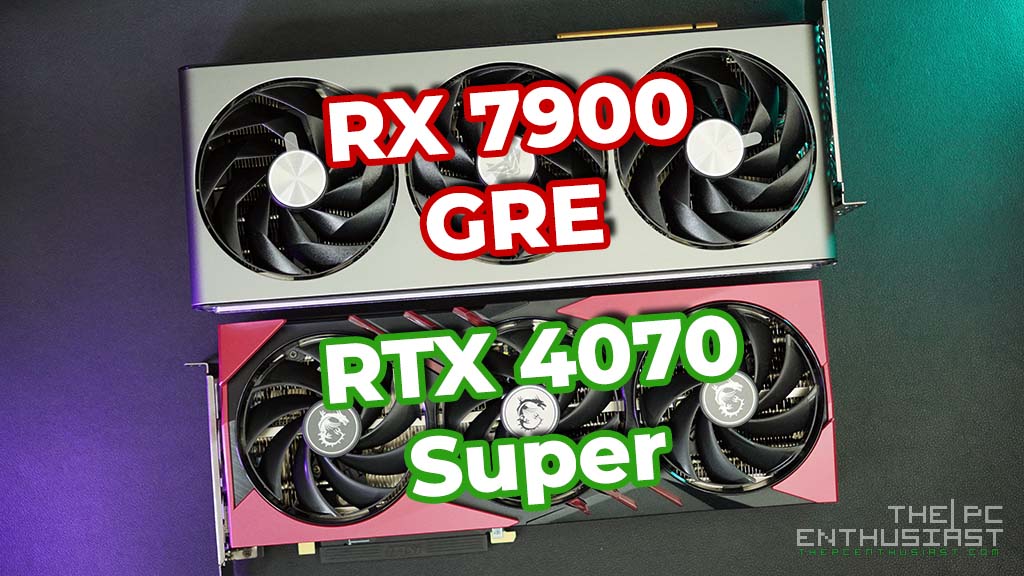
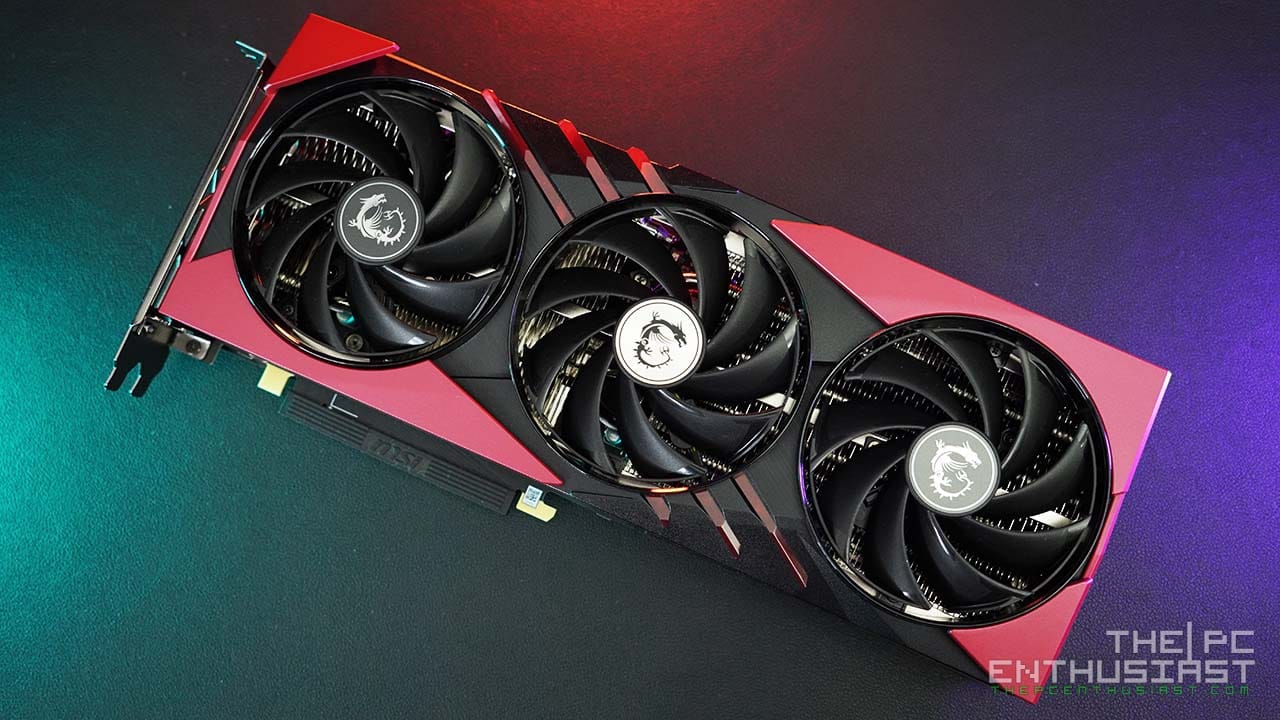
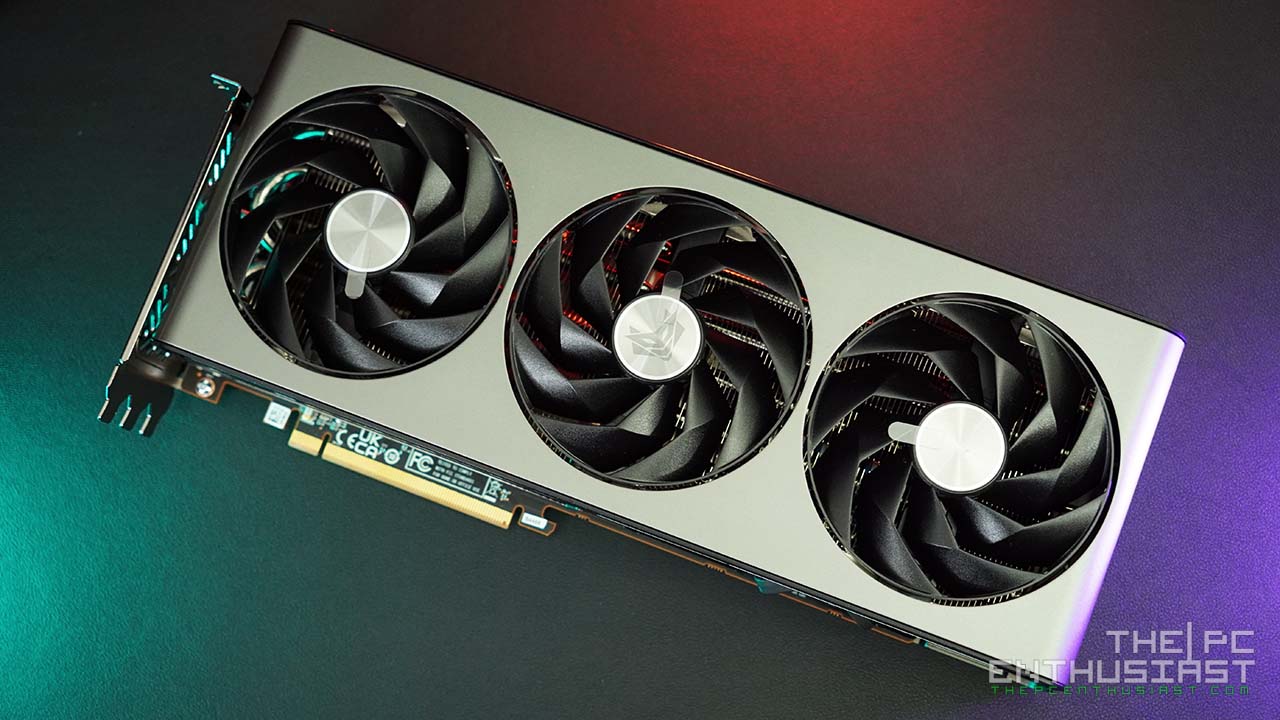
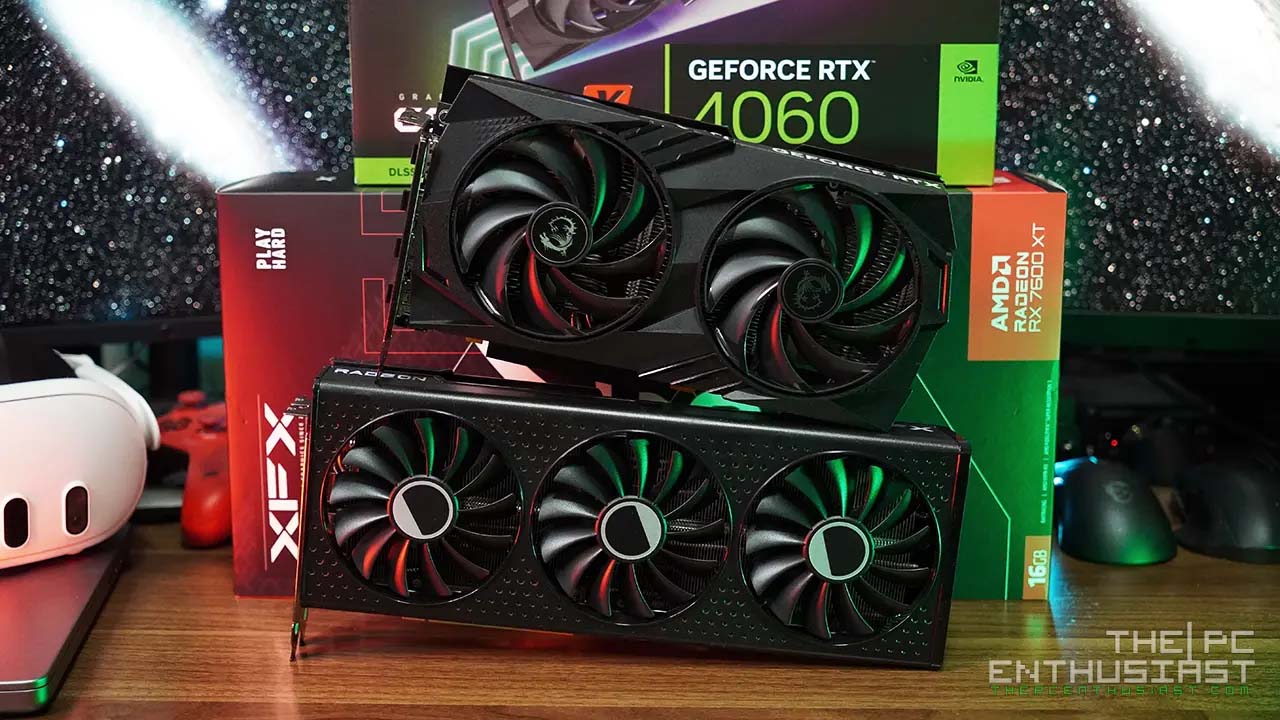
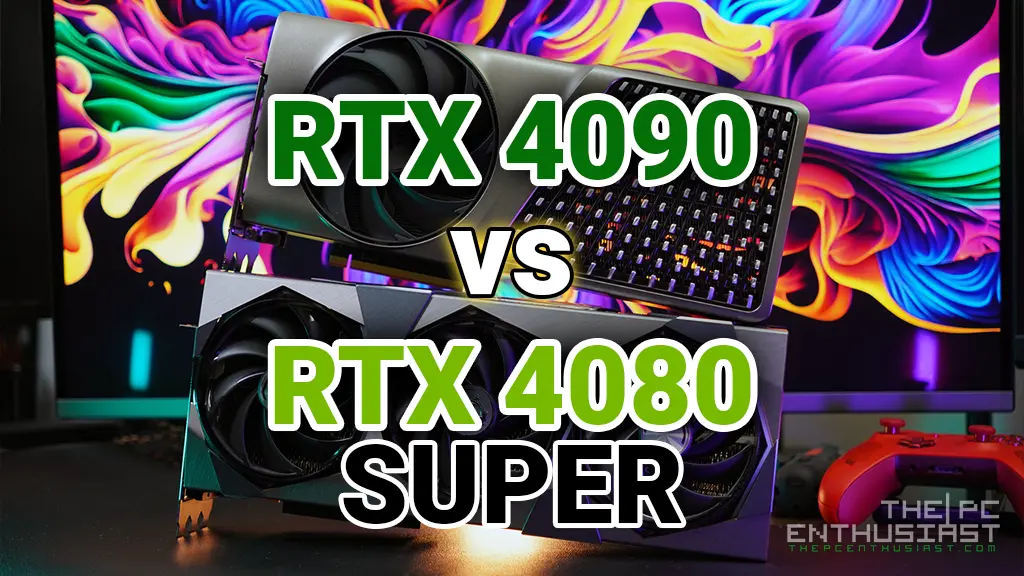
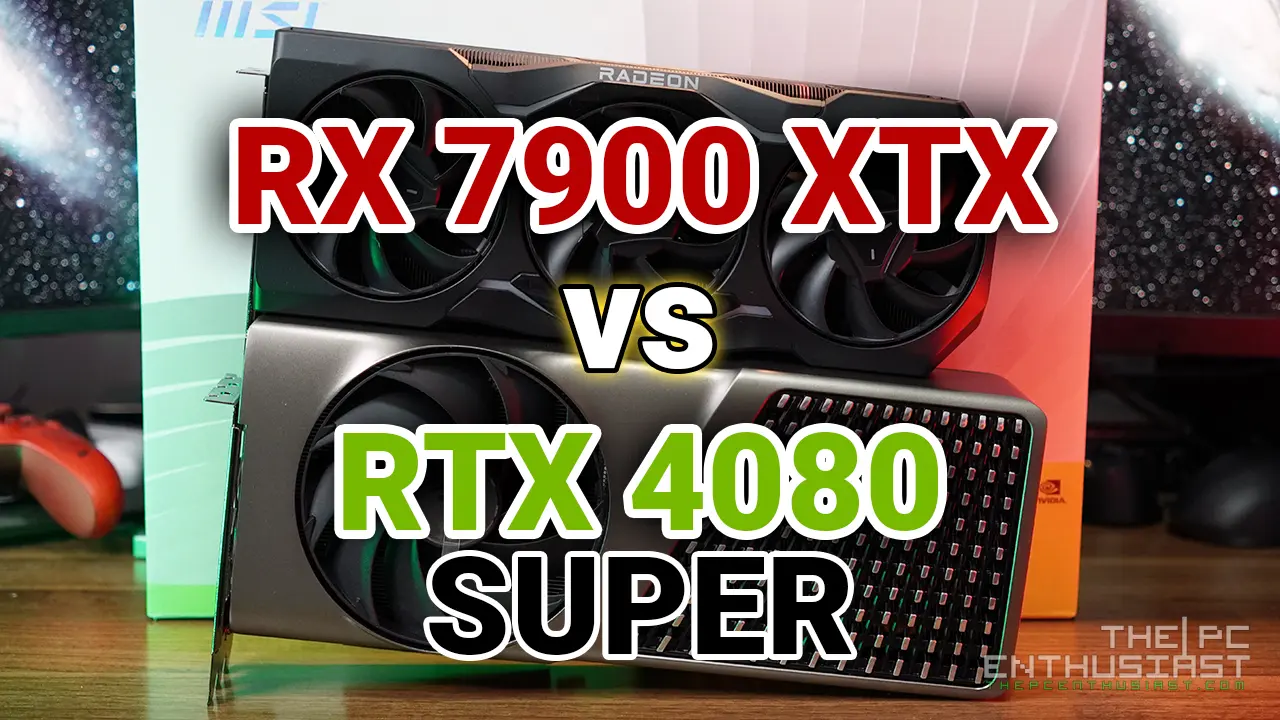

“Our list for the RX 7900 XTX will follow very soon.”
Well it has been over a month and still no RX 7900 XTX list. The author was either lying or lazy. Your loss because if you had kept your word I would’ve used an affiliate link but now you get nothing.
Very unimpressive.
Oh… A missed opportunity indeed. :/
Sorry about that, I got a lot on my plate lately.
Still need to finish a few more reviews, and re-benchmarking some (old) GPUs.
The roundup is still in the pipeline.
Take the free information that is neatly presented for your tiny mind for what it is…FREE.
Very unimpressive to whine about the lack of a list you could easily Google yourself.